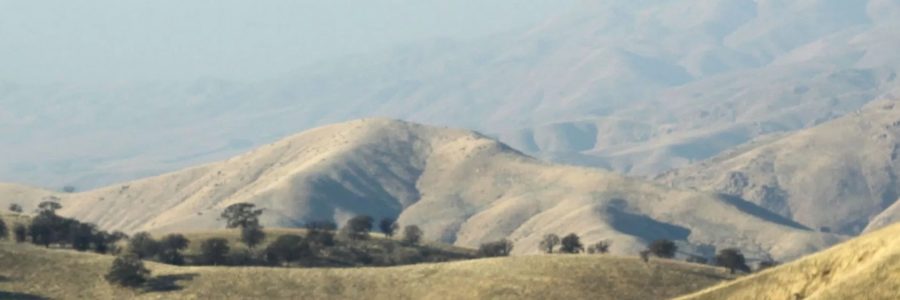In the age of climate change, some governments have set ambitious goals to reduce pollution from fossil fuels. In the US, California leads the way with plans to cut the state’s greenhouse gas emissions 80 percent by 2050. Getting there will be challenging, and virtually every source of pollution will need to be examined.
With this in mind, Earthworks took an in-depth look at the San Joaquin Valley Air District’s emission reduction credit (ERC) bank. The credits in these banks represent quantities of greenhouse gases, volatile organic compounds (VOCs), and other pollutants. Companies wishing to build or expand operations that will pollute beyond legal limits can first secure ERCs—which are “banked” when pollution from another source is reduced.
Launched nationwide as part of the US Clean Air Act in the late 1970s, ERCs were viewed as a way to incentivize industries to curtail pollution. Today, the ERC approach (just like its sister, cap-and-trade) is under scrutiny for being insufficient given current pollution challenges, and for worseningenvironmental injustice.
Earthworks’ report, Undeserved Credit, documents significant problems with the San Joaquin ERC system—leading us to conclude that it’s likely to be having an unintended, negative impact on air quality.
